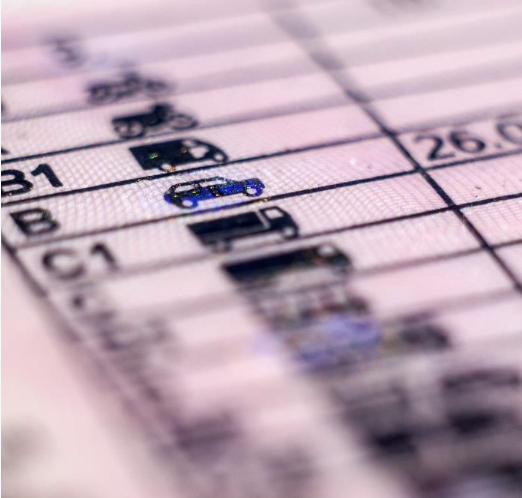From 19th January 2013 important changes to driving licences will be introduced in line with the European Union Third Directive, which will impact you and your drivers.
Those who already have a licence to drive a certain vehicle will keep their entitlements, however anyone trying for a licence after the 19th January 2013 will have to meet the new requirements.
So what does this mean for employers?
Checking your drivers’ licences is soon going to become more complicated.
The new style of licence will show a table of all possible vehicle types, with dates beside those that the driver is entitled to drive. This new licence will be gradually introduced as drivers renew their licences, as well as given to those who pass their tests after the 19th January, meaning employers must understand the various types of licence and what they mean.
Why should you check?
Ensuring your drivers are legal to drive and being aware of any points on their licence is vital. Whether the employee is driving a company owned car or their own is irrelevant – if an employee is driving for business purposes, the employer has a Duty of Care and a responsibility to ensure that the employee acts within the law.
In the event of a worst-case scenario, where a fatal incident has occurred involving an employee without a valid licence, it is down to the employer to provide evidence of any checks they have conducted, in addition to relevant policies in place, to try to prevent such incidents from occurring.
The costs involved in conducting licence checks mostly just involve time and effort, which are usually minor as in the majority of cases annual reviews will be sufficient. However, the costs that could potentially arise from the scenario above would be huge. Members of management could even find themselves being prosecuted under Duty of Care and health and safety legislation, should it be proven that not enough was done to prevent such a tragedy.
What should you be checking for?
It is important to check and keep a record:
- That each of your drivers holds a current DVLA licence
- That all “additional drivers”, such as partners, hold a current DVLA licence
- How many penalty points or endorsements the drivers hold
- That their driving licences are registered at the correct address
- Which categories of vehicles they are allowed to drive
- If there are medical restrictions on their licences
If employees are using their own car, check they have business insurance cover

